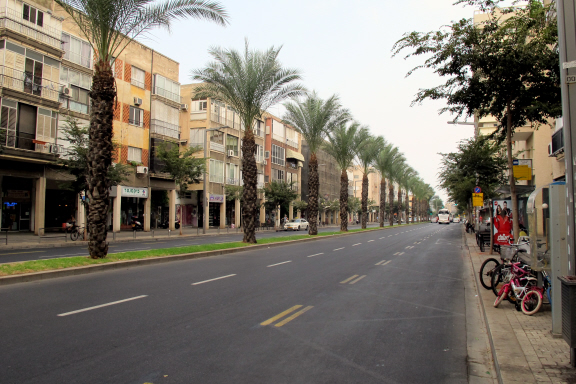This is not a review of a novel so much as a recommendation of one – the best new novel I have read this year is Sam Thompson’s Communion Town. It is a first novel of impressive skill and imaginative flair, ambitiously structured and beautifully written, described by the publisher as a city in ten chapters, which in fact sums it up admirably. The central city, which might be London, or Boston, or Tel Aviv, or Melbourne, grows slowly into vivid life as you read the stories of the various people who live there.
Each chapter is different in type and is written in a slightly different style. I shrink from using the word “pastiche”, preferring the idea of literary hommage, as I suspect Mr Thompson intended. Several writers are explicitly summoned, H. P. Lovecraft, Raymond Chandler and Arthur Conan Doyle among them, but to many readers there will be implied echoes of many more. I sensed the benign hovering presence of J. G. Ballard, Angela Carter, Bruno Schulz, Jorge Luis Borges, M. John Harrison, Iain Sinclair, even W. G. Sebald. Even so, Sam Thompson’s voice is his alone, and this is a major work. It is the sort of book that is so well written it makes you want to declaim passages aloud to the people around you, your nearest and dearest, pedestrians passing your house, other passengers sitting opposite you on the train, anyone will do – so great is the author’s style, so deep his range, so wonderful and rich are his images.
But this amazing young writer appears to have slipped below the radar. Although Communion Town was fairly widely reviewed, the general sense I gained from reading the reviews was that almost none of the critics appeared to understand it, even those who claimed to approve. Several of them referred to the novel as a collection of short stories, which it emphatically is not. The Sunday Times called it a “dreamt-up mish-mash”, the Daily Mail said it was “frustrating”, and the reviewer in the Oxford Times said, “I’ve no idea what it all means”. I hope Mr Thompson was not too discouraged by this sort of evasive and pusillanimous journalism.
Communion Town did make it to the Man Booker longlist, although these days that can be a bit of a mixed blessing. Hope briefly rose that for once a genuinely adventurous and challenging novel would rise to the surface of the literary millpond, but a few weeks later it sank out of sight when the shortlist was announced. The judges missed a wonderful opportunity to draw attention to the arrival of an astonishing new literary talent.
A similar opportunity remains, perhaps, for the judges of the Clarke Award to make amends, partly to make up for the omission by the Booker judges, but also to try to restore confidence in the Award after this year’s dismal effort. Here is a novel of pure slipstream, nothing like traditional science fiction, but an emphatic illustration of the recent argument that the heartland of science fiction writing has become irrelevant through exhaustion. Communion Town is from what Paul Kincaid describes as the borderland of SF, a book on the edge of the fantastic, a celebration of the nature of speculative images and allusive writing and subversive imagery.
Too much to hope that the science fiction world will embrace this novel? China Miéville, for one, has said he likes it and is quoted on the cover of the hardback: “Dreamlike, gnarly and present,” Miéville writes, “Communion Town shifts like a city walker, from street to street.” My dictionary defines “gnarly” as rough, twisted and weather-beaten in appearance; perverse or ill-tempered. I think Miéville probably intended it as a recommendation. I add mine too.
Communion Town is published by Fourth Estate, £14.99, 280 pp, ISBN: 978-0-00-745476-1



